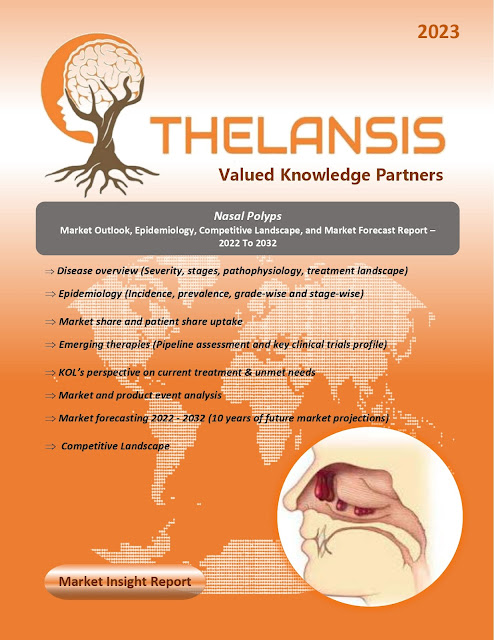Vulvodynia – Market Outlook, Epidemiology, Competitive Landscape, and Market Forecast Report – 2022 To 2032
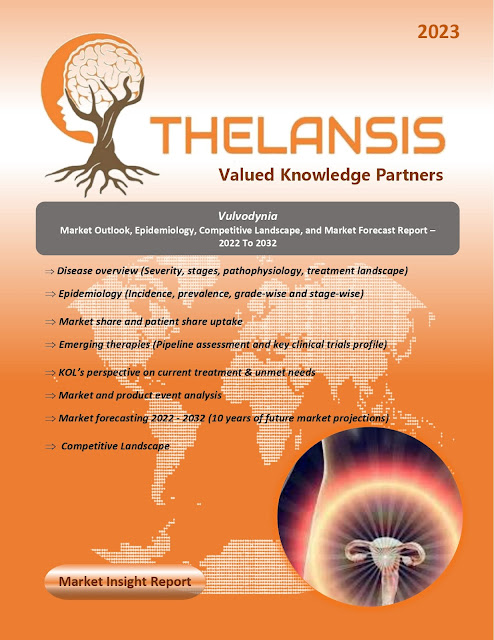
Vulvodynia, defined as persistent vulvar pain lasting at least three months without a discernible and clear cause, possibly accompanied by related factors, remains enigmatic regarding its origin. The underlying cause of this condition remains elusive, prompting ongoing research aimed at unraveling the contributing factors. Potential influencers include nerve damage or irritation transmitting pain signals from the vulva to the spinal cord, an increase in both the number and sensitivity of nerve fibers within the vulva, heightened levels of inflammatory substances like cytokines in the vulvar region, aberrant responses to environmental triggers, genetic predisposition, and weakening spasms, or instability of the pelvic floor muscles. Anatomy and Nerve Innervation: The vulva, encompassing the external female genitalia such as the mons pubis, labia majora, labia minora, clitoral hood, clitoris, and vestibule, is supplied with nerve innervation from the ilioinguinal nerve's anterior la

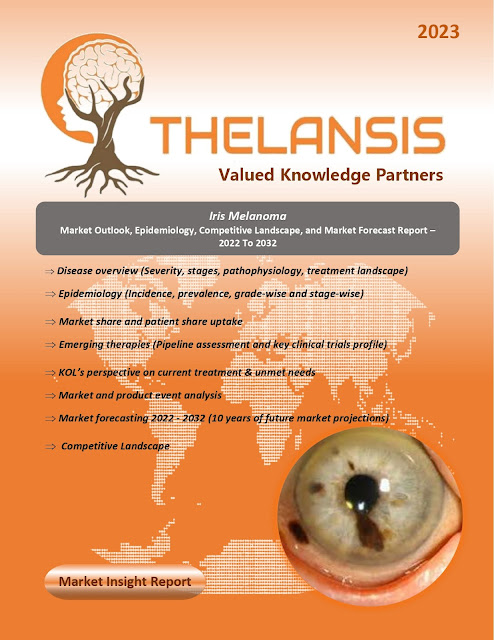
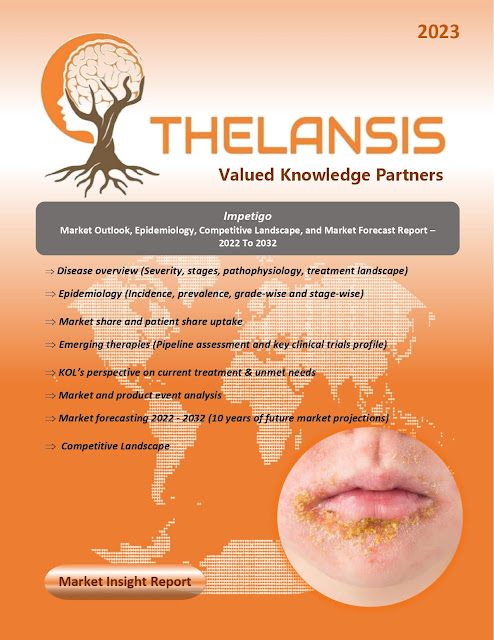

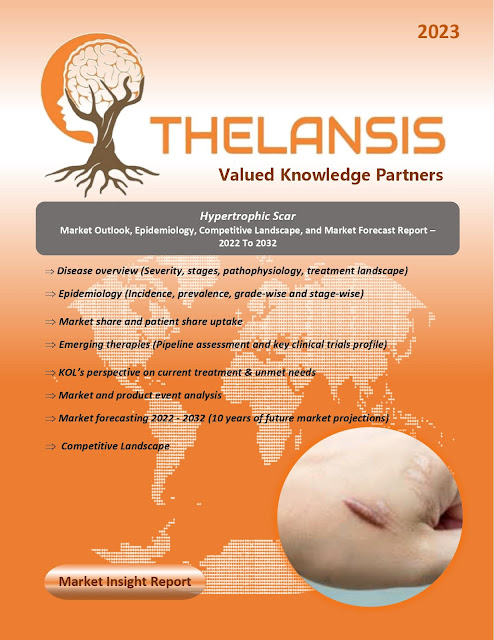
_page-0001.jpg)




-page-00001.jpg)

_page-0001.jpg)
